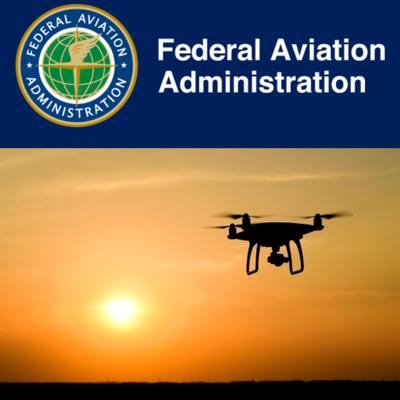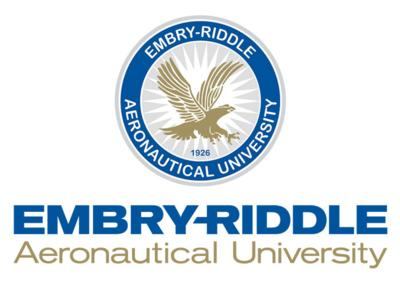Wed, Jul 06, 2022
Advertisement
More News
 ANN's Daily Aero-Term (05.21.24): ACCAS
ANN's Daily Aero-Term (05.21.24): ACCAS
ACCAS (usually pronounced ACK-kis) - AltoCumulus CAStellanus; mid-level clouds (bases generally 8 to 15 thousand feet), of which at least a fraction of their upper parts show cumul>[...]
 ANN's Daily Aero-Linx (05.21.24)
ANN's Daily Aero-Linx (05.21.24)
Aero Linx: KC-46A Pegasus The KC-46A is the first phase in recapitalizing the U.S. Air Force's aging tanker fleet. With greater refueling, cargo and aeromedical evacuation capabili>[...]
 Airborne Affordable Flyers 05.16.24: PRA Runway, Wag-Aero Sold, Young Eagles
Airborne Affordable Flyers 05.16.24: PRA Runway, Wag-Aero Sold, Young Eagles
Also: Paramotor Champ's, Electric Ultralight, ICON BK Update, Burt Rutan at Oshkosh! The Popular Rotorcraft Association is reaching out for help in rebuilding their private runway >[...]
 Airborne 05.22.24: NS-25 Chute Failure, #HonorTheWASP, SkyCourier 'Combi'
Airborne 05.22.24: NS-25 Chute Failure, #HonorTheWASP, SkyCourier 'Combi'
Also: VAI v Anti-Heli Actions, Electric Aircraft Symposium, 2024 FAA Drone/AAM Symposium, Gravitymaster Blue Origin's seventh passenger flight ended with a smidgeon of drama when o>[...]
 Airborne 05.15.24: Ghost Sq MidAir, B-2 Junked, Dream Chaser Readies
Airborne 05.15.24: Ghost Sq MidAir, B-2 Junked, Dream Chaser Readies
Also: Flt School Security, G600 Steep-Approach, Honduran Aid, PW545D Cert Two aircraft performing at the Fort Lauderdale Air Show clipped wings during a routine last Sunday, spooki>[...]
blog comments powered by Disqus





